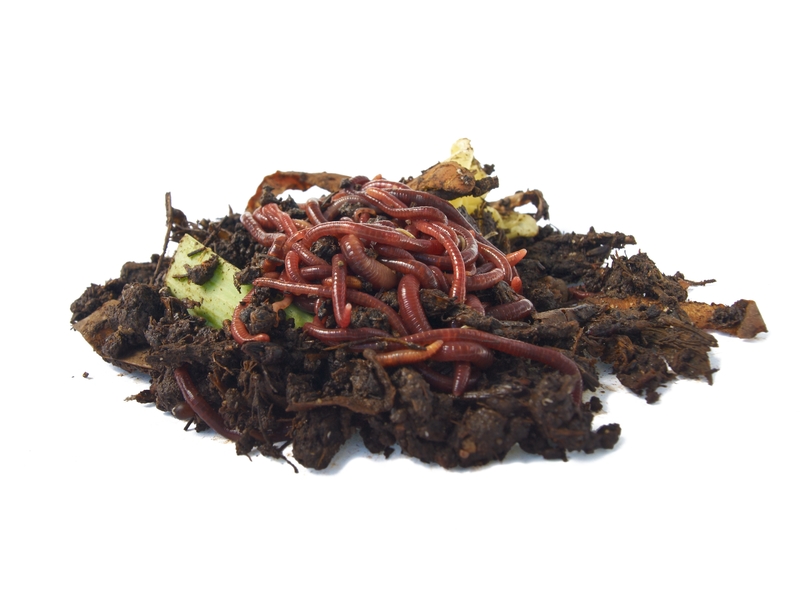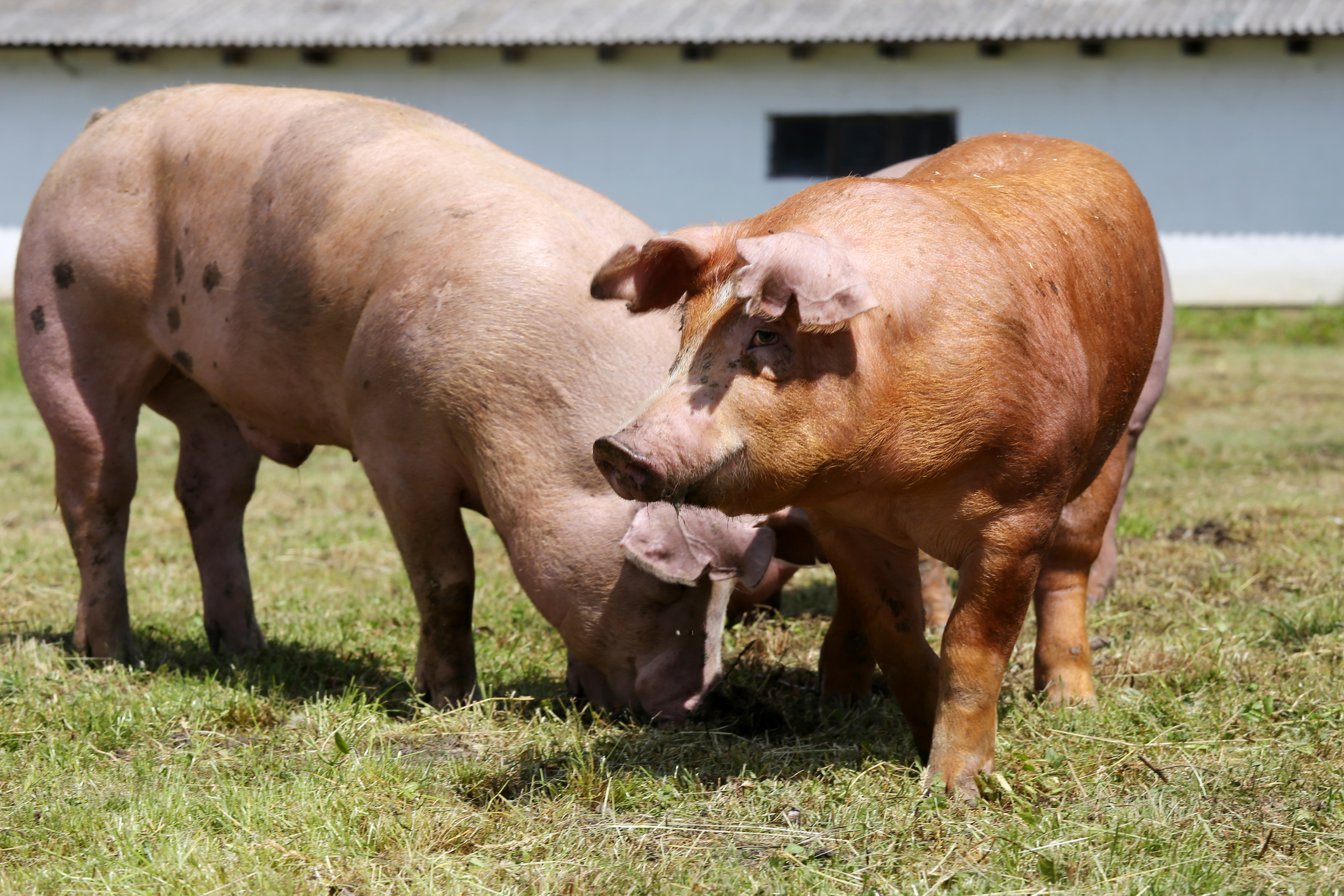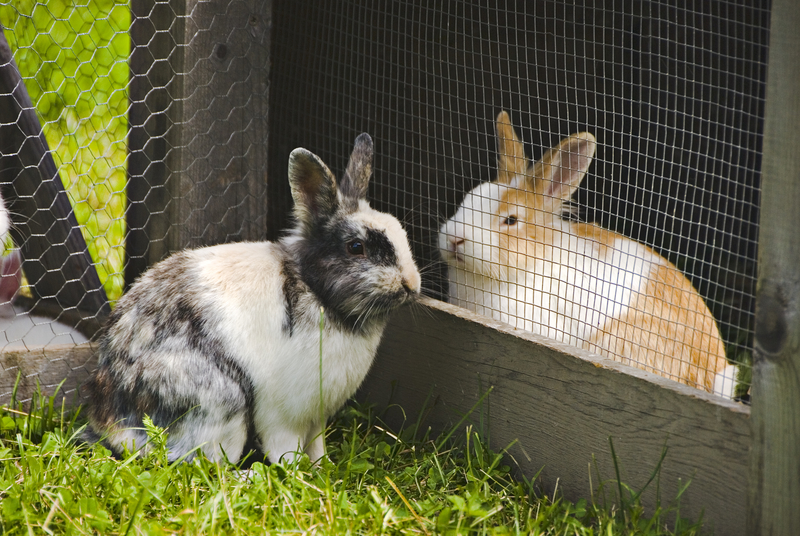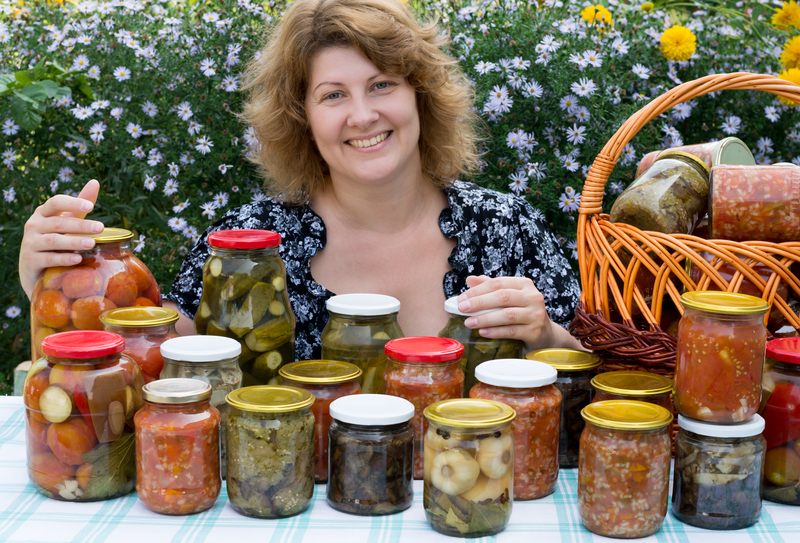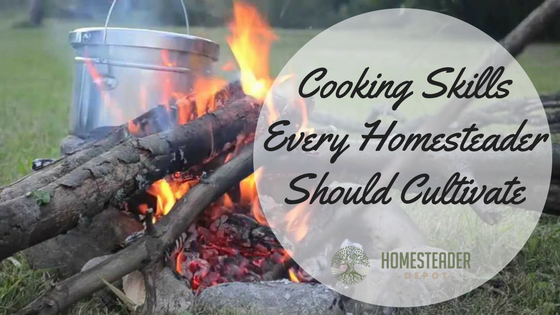The Best States for Homesteading
If you’re interested in homesteading – and we assume you are or you wouldn’t be here – you might be wondering where to start your homestead. It’s a good question. After all, some states are better suited to homesteading than others. You might already live in a state with a lot of homesteaders – or … Read more


